Throughout history, interactions of supply and demand have driven ‘transitions’ – think horses to cars and trains; whale oil to paraffin; transistors, resistors, capacitors to microchips. Uniquely, the much-flaunted energy transition from coal, oil, and gas to wind and solar and perhaps to green hydrogen is politically propelled, resting on a supposed link of climate change from burning hydrocarbons.
In Australia, as in the US with its so-called Inflation Reduction Act and the EU with its European Green Plan, expelling hydrocarbons from the energy supply has become the central dimension of politics itself.
Ostensibly, this is curious since environmental concerns are not prominent according to some opinion polls, at least for countries other than Australia. In the US, Statista polling showed the environment was the key issue for 10 per cent of voters – significant but behind inflation (16 per cent), jobs (13 per cent), and healthcare (12 per cent). In Europe the environment loomed larger at 20 per cent but behind prices (32 per cent) international tensions (28 per cent), and energy supply (28 per cent).
That said, a World Economic Forum survey of over a million people found that globally a third of people thought that the environment should have priority over economic growth with only 15 per cent of people saying economic growth should be a greater priority (20 per cent in Western Europe and North America).
And, according to a cross-section of polling last year, for Australia, climate change (plus the environment) were the clear leader in concerns for 37 per cent of respondents.
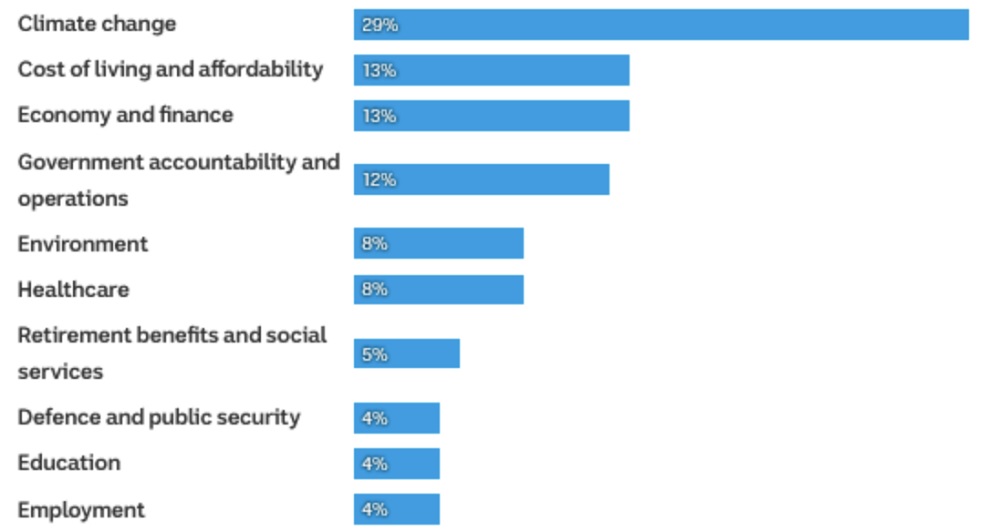
That priority has to be qualified. Pew Research found that most people across the world (79 per cent in Australia) were willing to make at least some changes to their lives to help reduce the effects of climate change. But how much are they prepared to pay for this?
Last year an IPA poll found 42 per cent of people would opt to pay nothing to reach Net Zero emissions, while only 8 per cent would pay over $500 per year. This outcome is similar to results in surveys IPA conducted 9 and 12 years ago. And, of course, respondents’ stated willingness-to-pay almost certainly overstates their actual behaviour.
Australians are, in fact already paying $7 billion a year, around $300 per head, just in subsidies and taxes for renewable energy. The bill would be many times that if we add in the consequent increase in energy prices, regulatory costs like farmland lost to enforced greening and projects not permitted to proceed.
The dominance of the ‘hip-pocket’ nerve, for decades castigated by a left-wing media as wrecking the prospects of the socialist nirvana, should make a campaign for their abolition of these costs an election winner.
So why do so few politicians see merit in increased green impositions? After all, a major skill of political representatives is an ability to retail to voters the ideas that they already hold.
Labor and, of course, the Greens and Teals are fully behind forcing the replacement of coal by wind, solar with batteries, pumped hydro, and transmission lines in support. Their electoral success in championing carbon emission restraints above all other issues demonstrates its electoral potency.
The Coalition has followed emission reduction policies, albeit to a lesser degree. Senators Antic and Canavan are a minority in the Liberal Party in prominently championing the cause of cheap coal-based energy. The Nationals are similarly split, but Barnaby Joyce is positioning himself to take over from the Net Zero aligned David Littleproud.
It is noteworthy that no Lower House federal MP, aside from those representing seats where coal mining is important, are conspicuous in standing up against the subsidies that have brought the wind and solar share of electricity supply to over 20 per cent. The findings of the June 2023 Essential poll help explain this.

Concerned about the costs from a forced ‘transition’ away from coal and gas but, cognisant of public opinion, the Coalition leadership is shifting towards advocating nuclear energy. Nuclear is among the safest energy supply sources – even the Chernobyl and Fukushima disasters had few fatalities – and is finding new support in Japan, France, and Italy. But for Australia, nuclear is twice as expensive as coal and, given the massive regulatory barriers governments have erected over the past 20 years, it would take decades to replace coal.
The impotence of the ‘hip-pocket’ nerve on the climate debate can be explained by a number of factors. Among these is voters being persuaded that someone else will pay the costs – and that the costs will not be significant, even be negligible since, after all, the wind and the sun are free are they not? The slow creep of the penetration of renewables in electricity supply has also been disarming. However, sharp price increases are now taking place and the formerly green-compliant regulators are becoming alarmed that supply reliability will collapse (and that they will be blamed!). Public receptiveness of this may be sharpened by a general recognition that there is no climate crisis but those propagating that myth are well entrenched and wedded to it.
Got something to add? Join the discussion and comment below.
Get 10 issues for just $10
Subscribe to The Spectator Australia today for the next 10 magazine issues, plus full online access, for just $10.


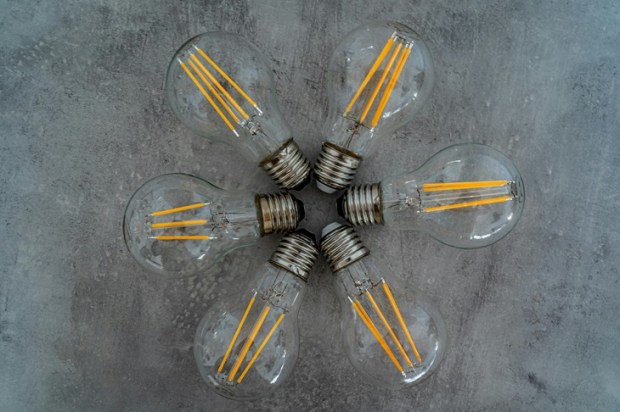
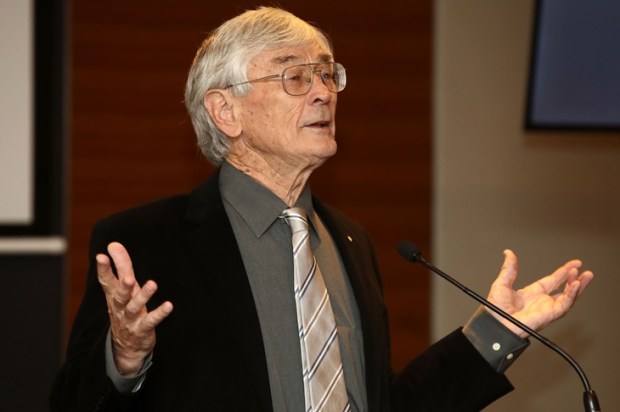
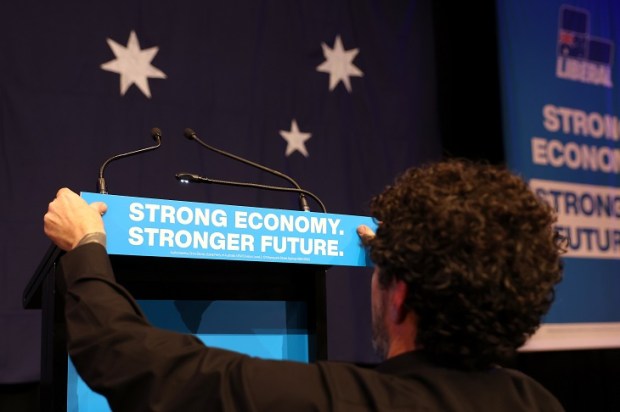
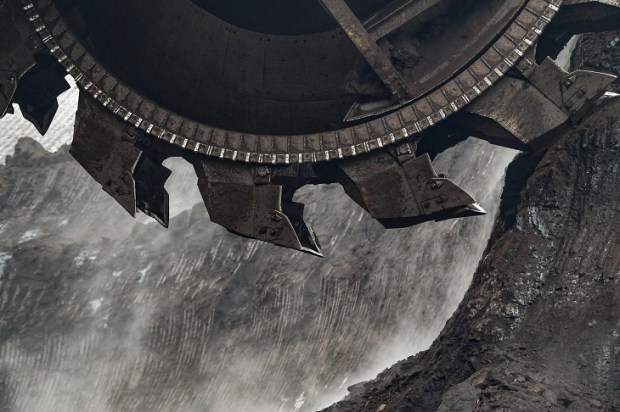

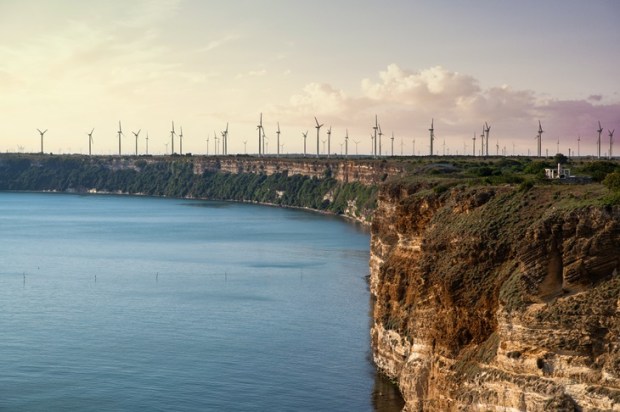


















Comments
Don't miss out
Join the conversation with other Spectator Australia readers. Subscribe to leave a comment.
SUBSCRIBEAlready a subscriber? Log in